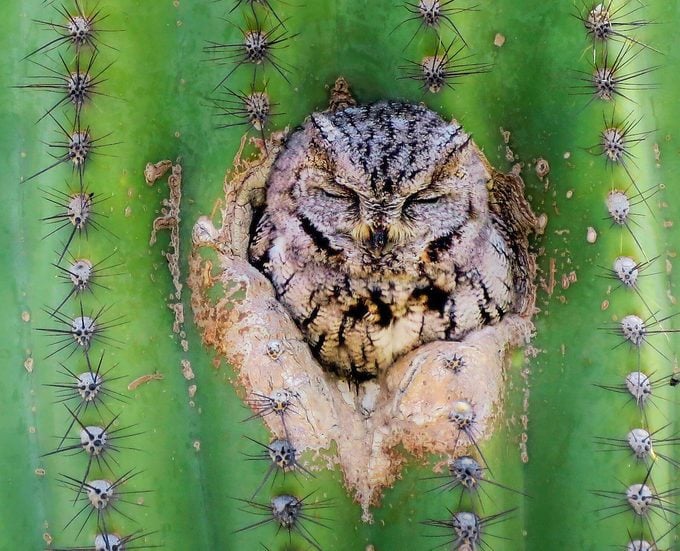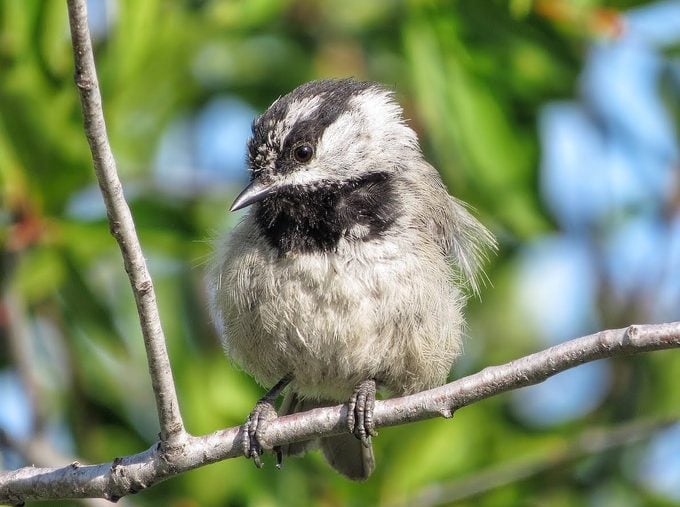Western Birds and Their Eastern Counterparts
Updated: Jul. 11, 2024
Many western birds look somewhat familiar to eastern birders. Take a look at some common western birds and their eastern cousins.
Whether it’s the eastern or the western version, orioles, hummingbirds and bluebirds are favorites from coast to coast. And if you happen to be in the Great Plains, where many of their ranges overlap, there are twice as many iconic birds to see. Some of the species separations came about during a glacial period. Other genetic shifts happened earlier. Whatever the cause, these changes challenge us to compare eastern and western birds.
Eastern vs western screech-owl: what’s the difference?
On This Page
Baltimore and Bullock’s Orioles

Formerly one species, the northern oriole is now known in the east as the Baltimore oriole and in the west as Bullock’s oriole. Males of both species are brilliant orange and readily feed from orange halves, enjoy grape jelly and occasionally taste hummingbird nectar. An adult male Baltimore has a fully black head, but the head of the Bullock’s is only partially black, among other subtle differences.
Orioles of the Americas are named after a family of birds from Europe and Asia. They aren’t truly related to their namesakes, however. Instead, the North American orioles are in the same family as blackbirds, cowbirds and meadowlarks.
Eastern and Western Bluebirds

A whole slew of birds include “eastern” and “western” in their names, among them bluebirds. The easiest way to tell the two bluebirds apart is geography. If you happen to find yourself looking at a bluebird in West Texas during the winter or in southeastern Arizona, though, you’ll have to put a little more thought into your identification, because it could be either one.
Eastern bluebirds have reddish-brown feathers under the bill, but western bluebirds have blue or gray throats. The belly colors can be helpful because eastern bluebirds have white ones, and those in the west have more dingy, gray-colored bellies.
Mountain bluebirds, also of the west, are all blue and have none of the reddish-orange coloring seen on both eastern and western bluebirds.
Eastern and Spotted Towhees

Older field guides show the rufous-sided towhee as a single widespread species. Researchers split the species into eastern towhee and spotted towhee in 1995. Like many eastern and western pairs, the towhees hybridize with each other in the Great Plains where their ranges overlap.
Most towhees have red eyes and a combination of black, white and reddish coloring. Spotted towhees have white dots on their backs and wings instead of solid colors. Scientists speculate that the spots replicate dappled sunlight in the dry thickets where spotted towhees are often found in the west.
Indigo and Lazuli Buntings

This pairing is one of the easiest to tell apart, at least when it comes to the males. Male indigo buntings are fully blue, while male lazuli buntings are patterned blue on the top, with an orange breast, white wing-bars and white along the belly. The females of both species are a uniform brown with a slight blue hue. These two bunting species also have one of the most extensive hybridization zones, stretching from southern Saskatchewan to Arizona.
Both buntings are found in shrubby edges and open areas. They occasionally make an appearance at bird feeders, and both species are sure to dazzle anyone who is lucky enough to spot one in their backyard.
Eastern and Western Meadowlarks

Perhaps one of the hardest duos to tell apart, eastern and western meadowlarks have extensive overlapping ranges. Curiously, the two species rarely hybridize with one another. The easiest way to sort out eastern from western meadowlarks is by voice, which is how the birds tell themselves apart, too! Eastern meadowlarks have a simpler, high-pitched song. Their western counterparts sing with complex whistles and warbles.
Both meadowlarks can be found as far southwest as Arizona and New Mexico. The overlapping ranges continue northeast across the Plains all the way to the western Great Lakes states and Ontario.
Eastern and Western Screech-Owls

These smallish owls, only about 8 inches long, are remarkably similar. Easterns can be reddish, grayish or somewhere in between, while westerns are almost always gray. The western screech-owl’s voice has a bouncing-ball sound whereas the eastern screech-owl performs whinnies and trills.
The ranges of these two species overlap slightly in the western plains, but for the most part western screech-owls range from West Texas to British Columbia, while eastern screech-owls are found east of the Rockies.
Steller’s Jays and Blue Jays

You’re unlikely to confuse the Steller’s jay with its eastern cousin, the blue jay. These western birds have distinctly different coloration, with black heads and completely blue bodies. However, their behavior is very similar.
Steller’s jays, like blue jays, love peanuts. They’re large birds with a tendency to act aggressively at feeders, and they have harsh cries that sound similar to a blue jay. Both birds are excellent mimics, though, and frequently imitate other birds (like hawks) to scare off predators.
Mountain Chickadee and Black-Capped Chickadee

Chickadees tend to be a favorite bird, no matter where they’re found. Mountain chickadees are no exception, since they’re acrobatic and fun to watch, with a familiar “chick-a-dee-dee-dee” call.
Their range overlaps with the familiar black-capped chickadee in northern areas, but these western birds are easy to identify. You’ll find them higher in the mountains, and the white stripe above their eyes sets them apart.
Additional reporting by Jill Staake






















